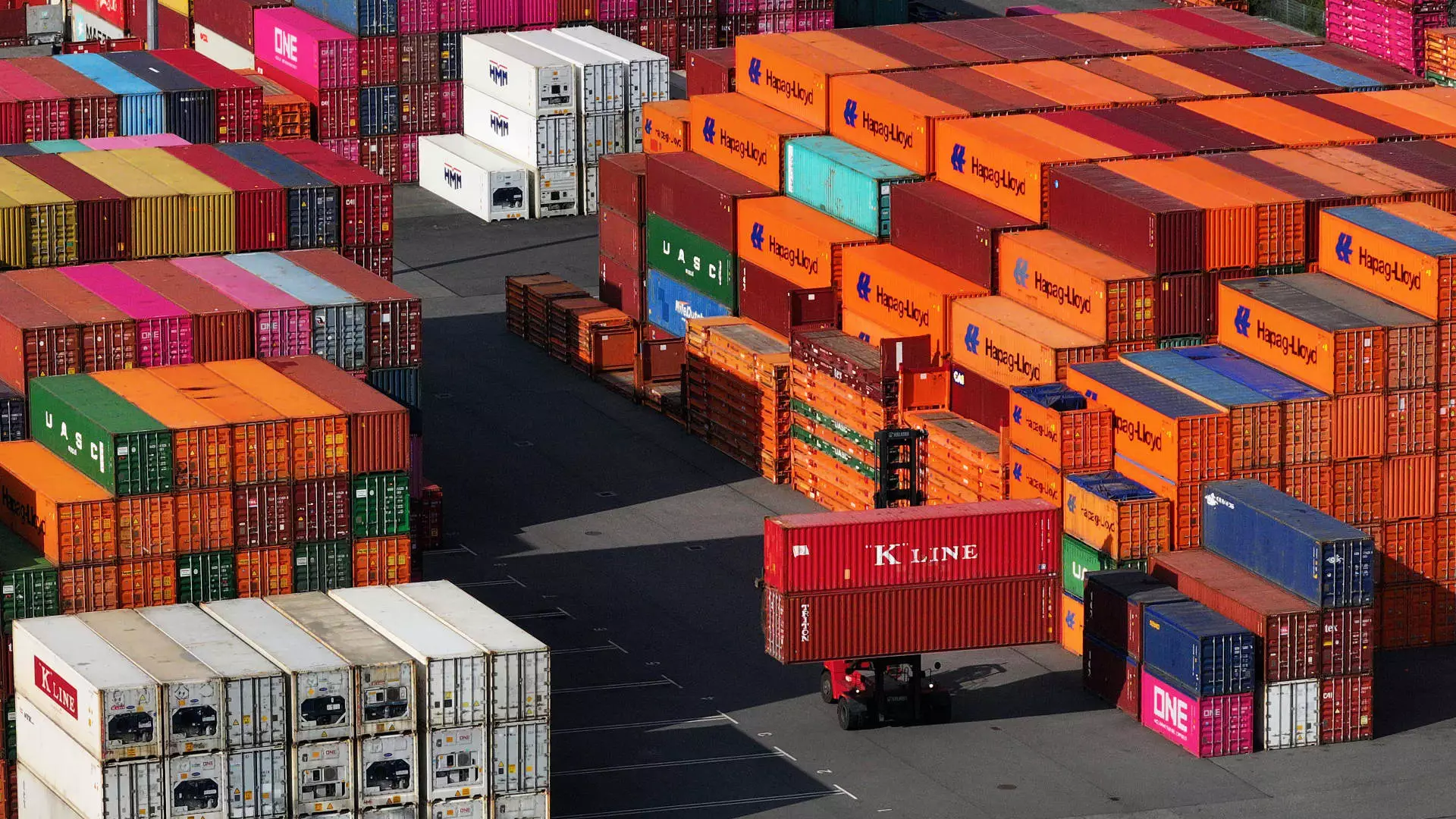President Donald Trump has often mused about the possibility of using tariff revenue to replace the federal income tax, a notion he reiterated during a recent Fox interview. Such ambitious claims, suggesting that the intake from tariffs could somehow balance the book for one of the most significant sources of government revenue, are problematic at best and dangerously misleading at worst. Trump’s assertion captures the essence of a man attempting to paint an extravagant picture of fiscal transformation while surrounded by a canvas of economic skepticism.
This idea, charming in its simplicity, raised eyebrows among economists who recognize that any discussion pivoting around replacing a robust income tax system hinges on cogent realities. Analyzing this claim exposes its fragility; it appears more rooted in political theater than in economic feasibility. If the past years have shown us anything, it’s that simplistic economic soundbites do not equate to sound policy.
Tariffs and Their True Impact on the Economy
The fundamental flaw in Trump’s tariff strategy lies in the scope of the tariff tax base compared to the grander scale of income taxation. The inconsistency between projections and statistical reality reveals a significant hurdle. With a staggering $20 trillion tax base from income compared to a mere fraction from tariffs, the numbers betray any optimistic forecast of revenue levied by duties imposed on imports.
Kimberly Clausing, an astute observer from the Peterson Institute for International Economics, underlined this disparity. In 2023, U.S. imports soared to $3.1 trillion, but that figure pales when juxtaposed with the income tax revenue the IRS collected, which was quoted as over $1 trillion in just a single fiscal year. The math is undeniably skewed—no amount of rhetoric can change the facts underlying the fiscal landscape.
Furthermore, as tariffs ratchet upward, there is a consequential pitfall: as consumer goods become increasingly expensive, demand will inevitably dip. The ultimate scenario could lead to diminished tariff revenue, as people shy away from purchasing imported goods. The crux of the error in the Trump administration’s reasoning lies within this cyclical pattern of economic behavior. The administration’s expectation that higher tariffs line government coffers is an exercise in futility.
The Illusion of a $600 Billion Windfall
White House trade advisor Peter Navarro’s prediction of $600 billion in annual tariff revenue remains an instance of optimism that feels utterly detached from reality. Mark Zandi, the chief economist at Moody’s, offers a sobering counterpoint, suggesting that even reaching $200 billion would be an astonishing feat. This discrepancy highlights the pitfalls of reliance on overly optimistic financial forecasting in the absence of substantiated data.
It is an almost comical notion—an eager insistence that tariffs could become a silver bullet for addressing the nation’s hefty expenditures and tax obligations. Instead, what seems rather plausible is a future relationship where the economy suffers through stagnant growth due to escalating trade tensions, compounded by the drag of high consumer prices imposed by tariffs.
Behavioral Economics and Revenue Erosion
Economics isn’t merely a series of equations; it is behavior, choices, and often unpredictable responses from consumers and markets at large. The foundation briefly touched upon this when it argued that a 10% universal tariff would raise funds, albeit at the cost of reducing GDP growth. This aesthetic of generating revenue bumps against the fundamental reality that as tariffs climb, economic activity could stifle, limiting how viable this revenue stream will be.
In light of the International Monetary Fund’s recent revision of U.S. growth projections, one must ponder the long-term implications. Lower growth does not just mean less tax revenue; it implies a more profound national struggle with job creation, wage growth, and overall economic vitality. Every policy angle from the current administration appears entangled within this fabric of misunderstanding—misguided faith in economic principles that fundamentalist market strategies dismiss.
Trump’s fixation on tariffs as a transformative force is ultimately mismatched with the complexity of modern economies. As Washington grapples with the nearly Sisyphean task of fiscal balance, the echoes of rhetoric declaring an unrealistic vision of revenue continue to resonate—reflecting not the realities of financial sustainability, but the alluring yet deceptive fantasies of a gleaming economic future.

